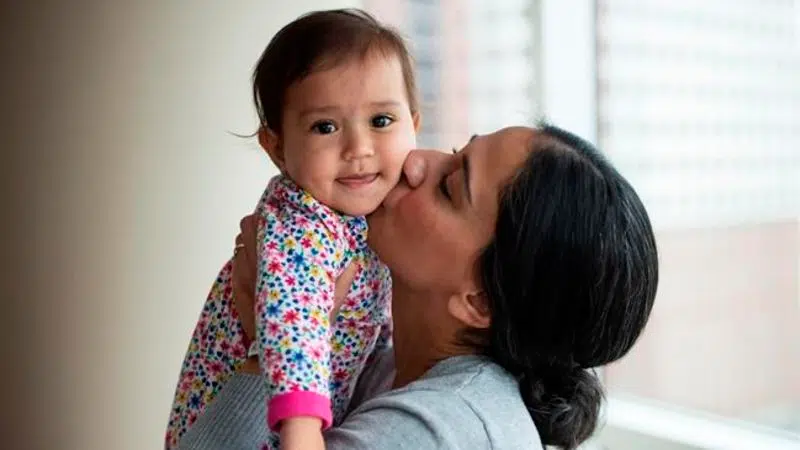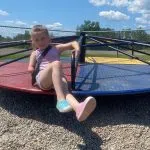
‘Looking back, I can say I tried’ Trauma and healing 10 years after Afghan blast
The shock waves of the flesh-ripping, metal-twisting blast that devastated so many Canadian lives on a quiet, rural road in southern Afghanistan 10 years ago still ripple with a force that’s palpable.
They live on in the heartache of an empty chair at a Christmas dinner, in the phantom pain of a missing limb, in the guilt of a survivor.
For Sgt. Jimmy Collins, who watched the disaster unfold, the blast seemed to tear the very fabric of time.
“It’s as fresh as yesterday,” Collins, 39, says from Kamloops, B.C. “Some days, you’ll have a good day and it’ll all seem like it was a movie or something. Most days, it’s exactly the same.”

